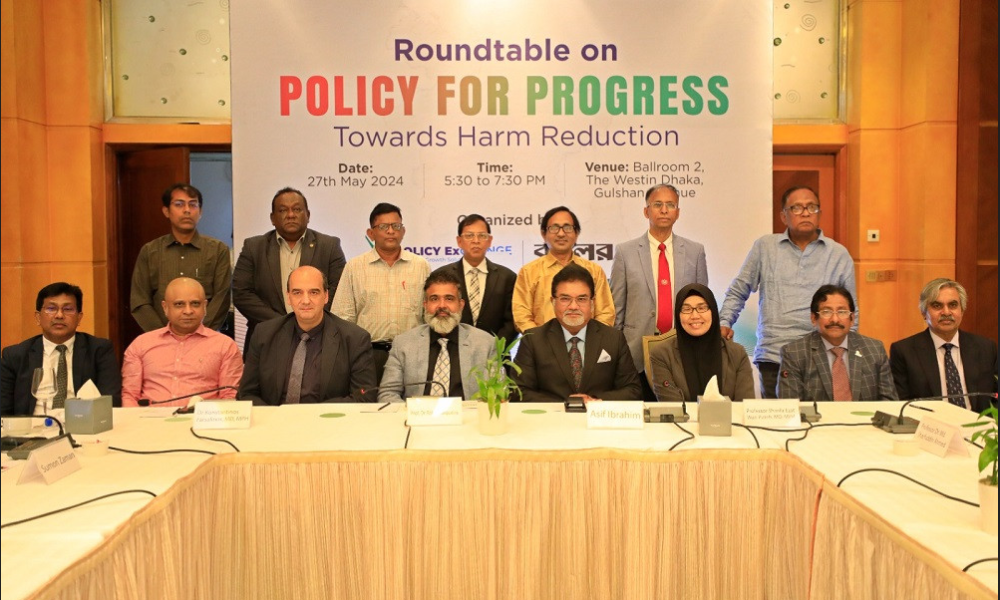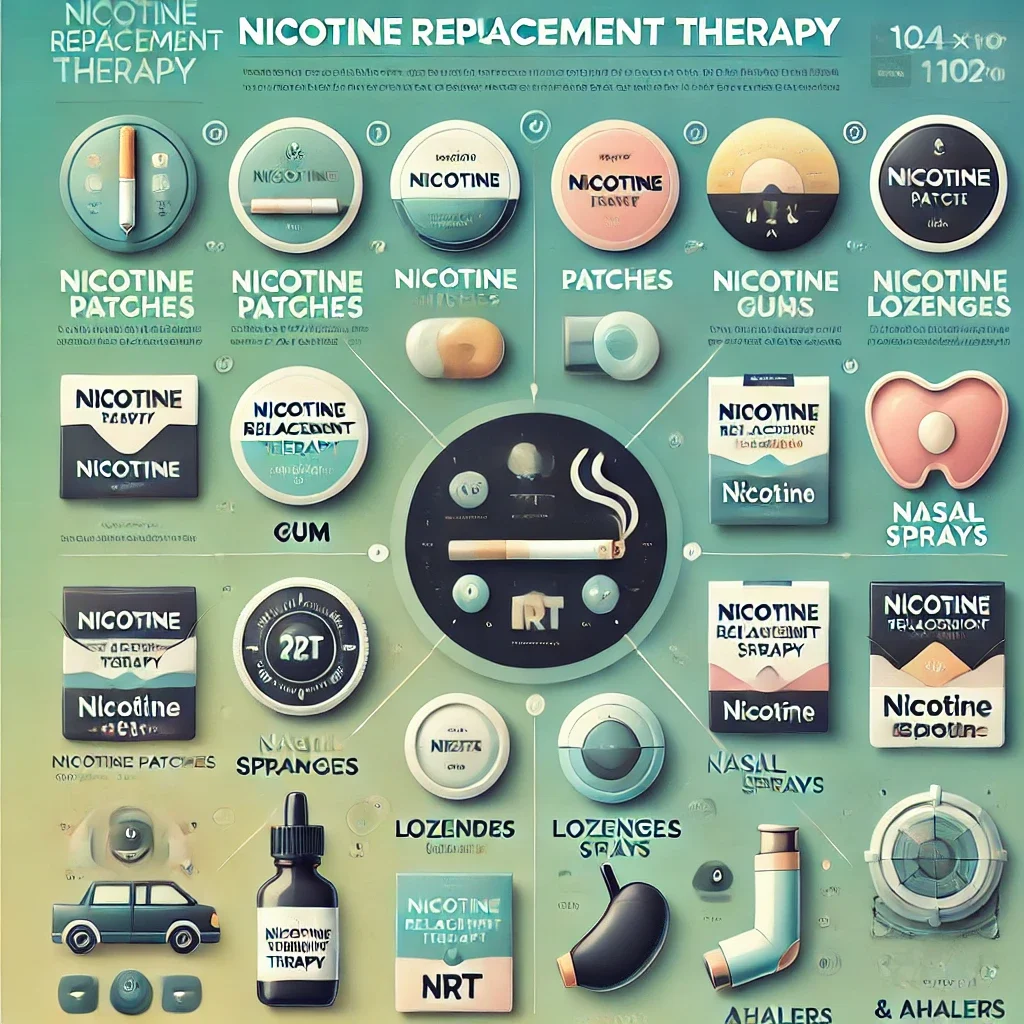Highlights
Participants discussed the need for a balanced THR framework that offers safer alternatives to traditional tobacco products while addressing public health concerns. Experts shared insights on international THR practices, scientific evidence supporting reduced-risk products, and regulatory models that prioritize adult access to safer alternatives. The Bangladesh THR Summit 2023 marked a pivotal step towards building awareness and consensus among policymakers, industry leaders, and public health experts, setting the foundation for a sustainable, health-focused approach to tobacco regulation in Bangladesh.











































